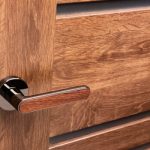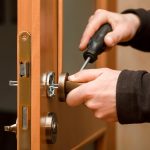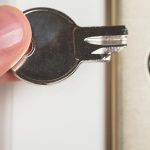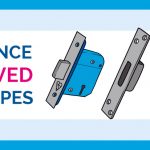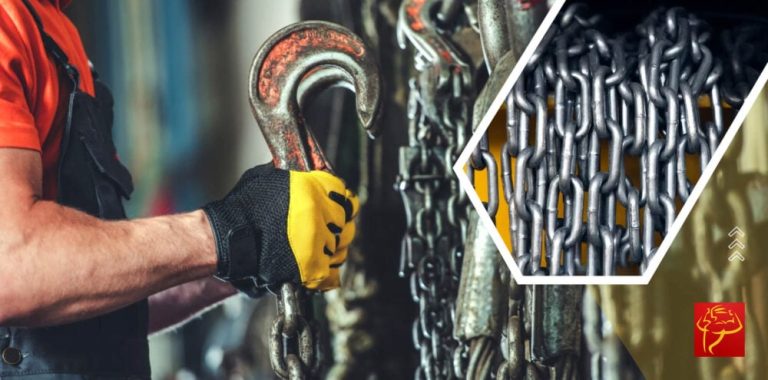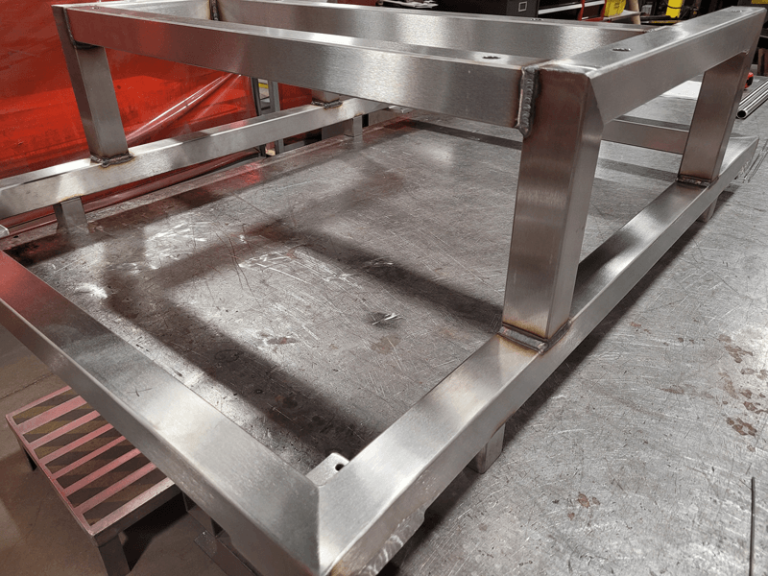Stuck Again? Here's How to Deal with a Jammed Lock – FS Blog
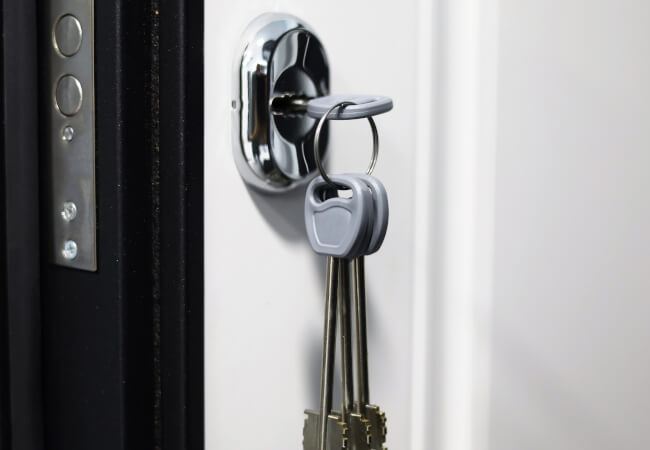
You’re running late, the coffee’s barely touched, and as you grab your keys, you find yourself in a standoff with your front door lock. Jammed door locks surely turn a rushed morning into a full-blown sprint against the clock.
Whether it’s the winter chill, the wear and tear of time, or just one of those mysterious quirks doors seem to develop, dealing with a jammed lock is a universal experience that always happens at the most inconvenient moments.
In this post, you will learn the reasons why a door lock gets stuck as well as practical solutions to deal with it.
What causes a door lock to jam?
Before we tackle the solutions, let’s first find out why is the door lock stuck. The reasons may vary, maybe, in your case, it’s just one, or maybe several, but the result is always door lock problems.
- Corrosion or dirt accumulation – High humidity levels and moisture are culprits that foster rust and corrosion within the internal components of the lock. Over time, this environmental interaction compromises the lock’s integrity. The same goes for dirt buildup. While dirt accumulation takes time, its impact is undeniable. The gradual collection of dirt within the lock becomes a silent antagonist, gradually contributing to a lock that stubbornly sticks;
- Lack of lubrication – Without the proper application of lubrication, the lock’s moving parts become susceptible to stiffening, resulting in a lock that is prone to jamming;
- Misaligned door latch or another problem with the internal mechanism – Years of wear and tear can manifest as a misaligned door latch or other internal problems. This wear-induced misalignment disrupts the synchronised movement of components, leading to complications in the locking mechanism;
- Key issues – Key-related problems, whether it’s using the wrong key or one that is damaged, can transform a routine entry into a frustrating ordeal. The key serves as the gateway, after all, and any issues with it can leave you stranded outside;
- Weather conditions – Extreme temperatures, especially in regions with frequent fluctuations, induce expansion and contraction of metal lock parts. This fluctuation leads to misalignments over time, making the lock susceptible to jamming;
- Improper installation – The foundational aspect of a well-functioning lock is its installation. Lack of precision during the installation process for the lock or door hardware introduces misalignments, setting the stage for potential jamming issues down the line.
How to fix a jammed door lock
When you read the following tips, you will know what to do when a door lock is jammed, regardless of the cause.
1. Remove corrosion and dirt
You need to remove the dirt and grime before you tackle any rust. You do that by using a gentle cleaning solution and a small brush. Pay special attention to corners and crevices where impurities tend to hide.
Once you’ve removed the impurities you will need a rust dissolver to effectively break down and eliminate rust. Alternatively, you can create a mixture of vinegar and baking soda to dissolve corrosion and restore your lock to its former glory.
2. Lubrication
Just like a well-oiled machine, a lock thrives on proper lubrication. Without it, the moving parts experience unnecessary friction, leading to stiffness and the door lock mechanism getting stuck. You might even have your key stuck in the lock.
To keep things gliding effortlessly, apply the right lubricant. Whether it’s a designated lock lubricant or trusty graphite powder, a sparing application to the keyway and other moving parts is the secret to a smoothly operating lock.
3. Adjust the latch and replace worn parts
To bring your lock back to its former glory, consider adjusting the latch and replacing worn parts. Tightening or adjusting the screws holding the latch in place is a simple yet effective measure.
Additionally, for visibly worn components such as springs or pins, a swift replacement with new parts ensures your lock operates snugly and smoothly.
4. Check for key damage
A key can throw a wrench into the works, no pun intended. Regular checks are essential to ensure your key is in optimal condition. Inspect it for signs of bending, chipping, or wear.
If you do find damage, consider switching to a spare key if available. If the key is damaged beyond repair, then it’s a replacement that you have to carry out.
5. Weather conditions
To prevent your lock from freezing, consider employing a thawing strategy. Whether it’s a commercial de-icer or hand sanitiser containing alcohol, these solutions can be applied to the keyhole to melt away the ice.
Additionally, adjusting the door or frame to accommodate size changes due to temperature fluctuations is a proactive approach to prevent future freezing-related lock jams.
6. Improper installation
Carefully inspect the lock and door hardware to identify any signs of misalignment or improper installation. Check all screws securing the lock and door hardware.
Tighten any loose screws that may be contributing to misalignments. If misalignments are still evident, adjust the positioning of the lock and door hardware to ensure they are in perfect alignment.
How to prevent lock jamming
As the saying goes, an ounce of prevention is worth a pound of cure—especially if your door lock keeps getting stuck. So, how can you avoid the hassle of fixing it later? Let’s explore preventative measures that can keep your lock operating seamlessly and prevent future mishaps.
Regular maintenance and cleaning routines
Incorporate a straightforward cleaning routine into your home maintenance schedule. Clear away debris, dust, and potential impurities that might compromise your lock’s performance. A little care in the present pays off in the long run, preserving the functionality of your lock over time.
Seasonal checkup reminders
Set timely reminders to conduct seasonal checkups, especially regarding the impact of temperature and humidity on your hardware. Mother Nature can be tough on locks, and making adjustments as needed ensures your lock is prepared for whatever weather challenges come its way.
Quality hardware selections
Investing in high-quality hardware from reputable manufacturers is akin to fortifying your home’s first line of defence. Quality materials contribute significantly to durability and the overall longevity of your lock.
Opting for top-notch hardware is more than a mere choice—it’s an investment in the security and reliability of your home. By selecting hardware that stands the test of time, you’re minimising the chances of lock-related mishaps.
Professional installation services
A lock is only as good as its installation, and this is where the professionals come into play. Enlisting the services of experts for the installation process ensures precision and security. Properly aligned and securely installed locks are less likely to encounter the misalignments that lead to jamming.
It’s not just about convenience; it’s a strategic move for the long-term performance and reliability of your lock.
Unforeseen lockouts? Reach us anytime, anywhere!
Reliable assistance when you need it most, 24/7 lock solutions at your fingertips.

Takeaways
- Identify common causes like corrosion, lack of lubrication, misalignment, key issues, weather impact, and improper installation;
- Remove corrosion and dirt, lubricate moving parts, adjust latches, check for key damage, thaw frozen locks, and seek professional help if needed;
- Regular cleaning routines and seasonal checkups minimise debris, counteract weather effects, and ensure optimal lock performance;
- Choose high-quality, reputable hardware for enhanced durability and longevity, reducing the risk of lock-related issues;
- Enlist experts for precise and secure installation, preventing misalignments and ensuring long-term lock reliability.
